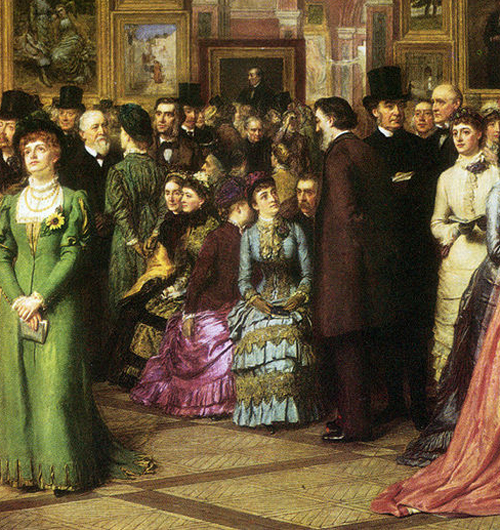Anorexia Nervosa in the nineteenth century
Historian article

First referred to by Richard Morton (1637-98) in his Phthisiologia under the denomination phthisis nervosa as long ago as 1689, anorexia nervosa was given its name in a note by Sir William Gull (1816-90) in 1874. Gull had earlier described a disorder he termed apepsia hysterica, involving extreme emaciation without apparent organic cause, in The Lancet in August 1868 and Charles Lasègue (1816-83), Professor of Clinical Medicine at Paris, had discussed the same phenomenon, which he called ‘anorexie hystérique', i.e. anorexia hysterica, in Archives générales de Médecine in April 1873: Gull substituted nervosa for hysterica because he had occasionally encountered the disorder in young men, though he thought it commonest in young women aged between sixteen and twenty-three.
It seems however that anorexia had been frequently depicted, though completely misdiagnosed, earlier in the nineteenth century. There was in that period an almost obsessive preoccupation in western Europe with the dangers to health of masturbation and in France (though not apparently elsewhere) this preoccupation gave rise to a demand for visual representations of the malign effects of self-pollution. There was even, from 1775 onwards, a waxwork museum showing the physiological havoc caused by masturbation, and prints depicting young women dying as a result of masturbation appeared in popular medical texts during the 1820s. The example reproduced here, from J.L.Doussin-Dubreuil's Des Égarements secrets, ou l'onanisme chez les personnes du sexe, is clearly a depiction, not of ‘secret misconduct', but of anorexia nervosa: the loss of appetite, at this time regarded as one of a whole battery of side-effects of masturbating, is in reality the immediate cause of the emaciation.
This resource is FREE for Student HA Members.
Non HA Members can get instant access for £2.75

